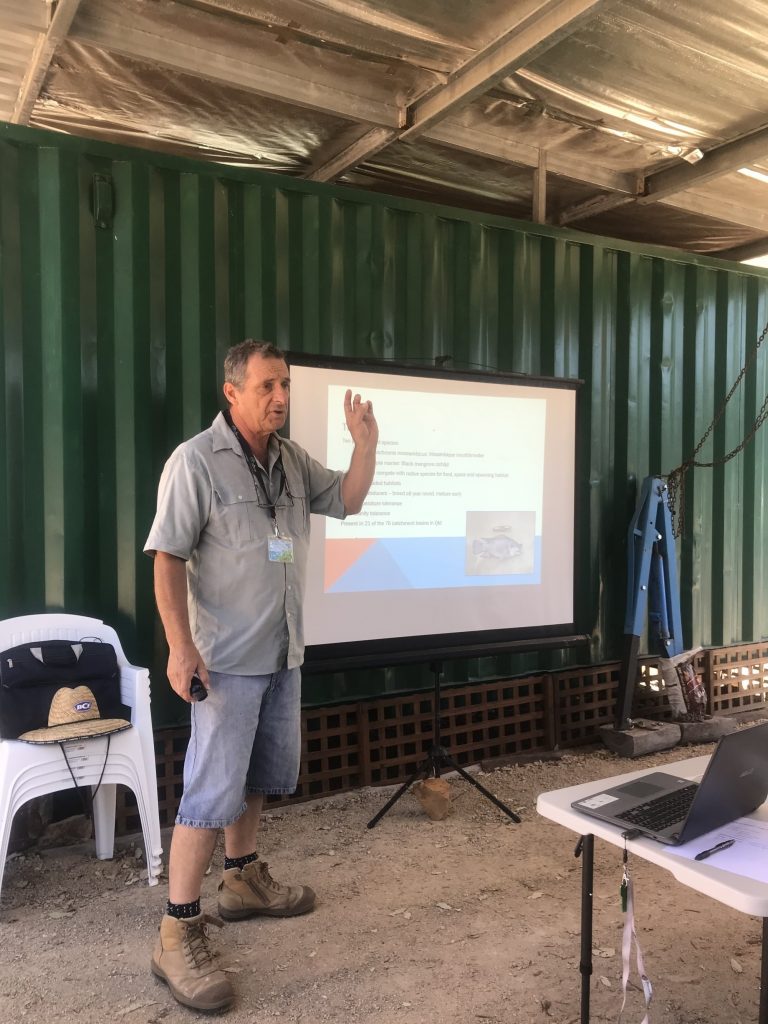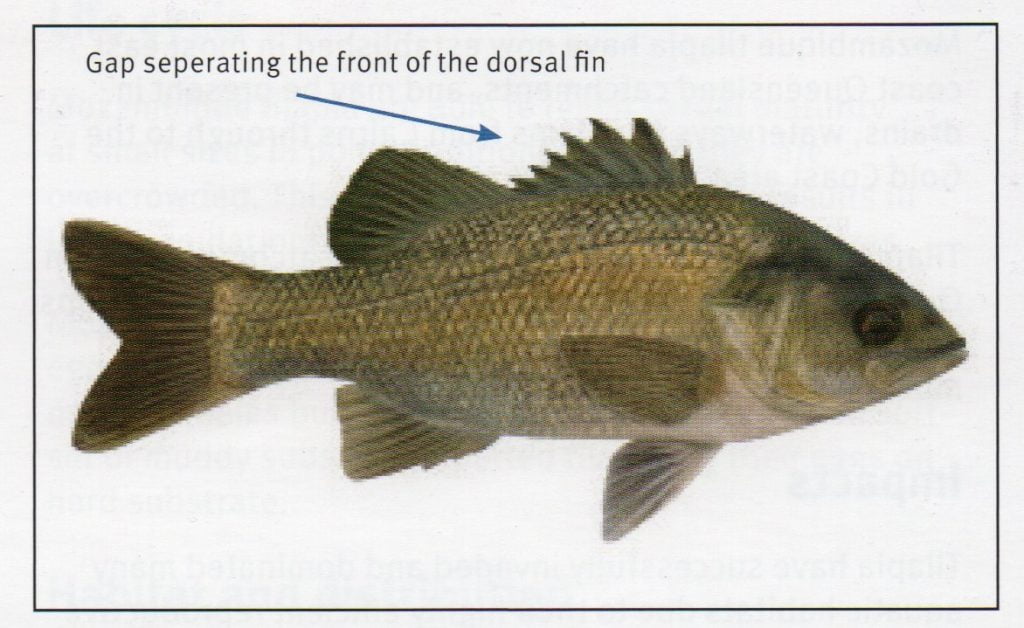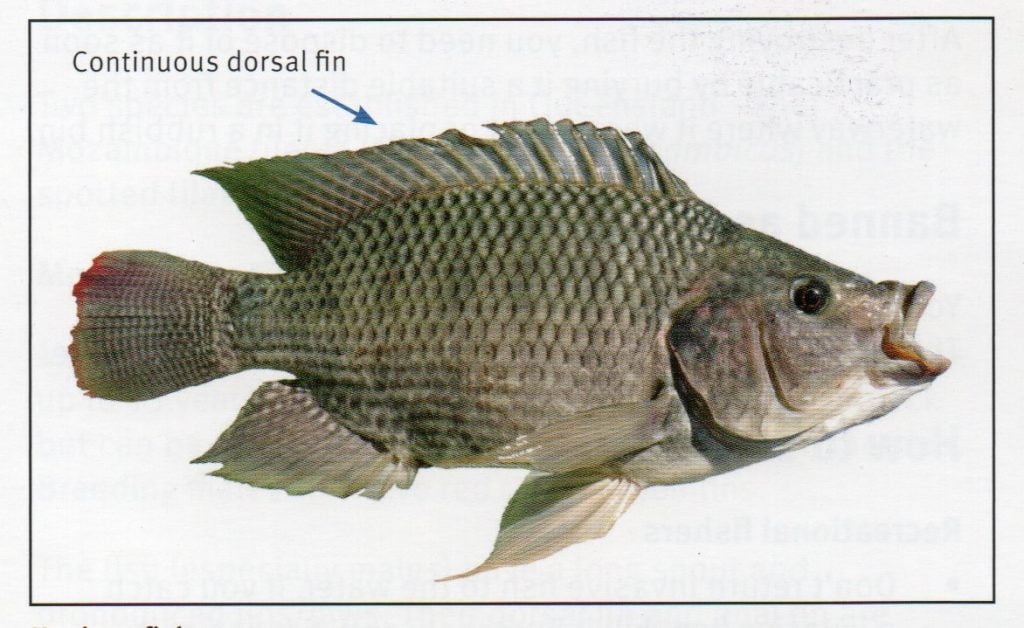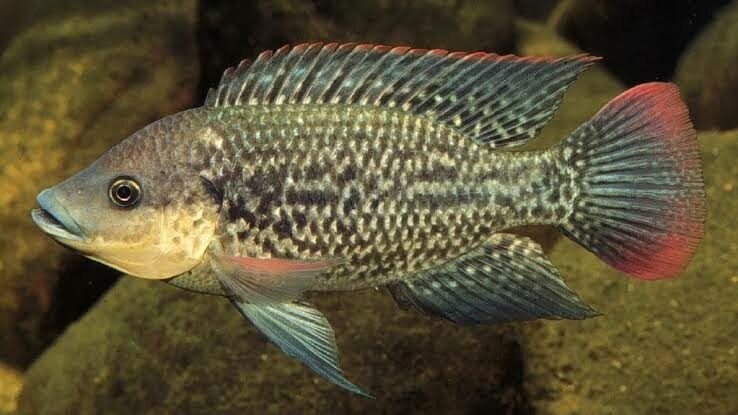‘Stop the Spread’ is a catch cry we are hearing a lot lately. With the advent of Covid 19 our whole community is focusing on keeping each other safe, but while looking after ourselves, we still need to look after our natural resources. As a fisheries consultant I have witnessed firsthand the detrimental effects that pest fish have on our native fish populations. I have very real concerns about these pest species, and the potential for further damage to our embattled ecosystems.
Working in the areas of fish or fisheries management, I am constantly amazed at the different viewpoints I come across – particularly when meeting new people. Indeed, in various conservation discussions I cannot help but perceive a slight shift in attitudes toward pest animals in Australia. Take, for example, the discussion around the brumby population in the high country; some people believe they should be preserved, while authorities claim that control or eradication is vital to the preservation of high country ecosystems. The debate surrounding wild camels follows similar lines and recently, a discussion on ABC Radio in Brisbane about the introduced sparrow prompted a number of people to call in, genuinely distressed about a perceived reduction in sparrow numbers. Most avian experts agree, however, that the introduced sparrow is a pest species that should never have been released into the Australian environment.
It can be the same with introduced fish species. Casual conversations with people about the pest species tilapia can take on an interesting twist. Some cultures hold Tilapia in high esteem for their good table quality and suitability for aquaculture, and cannot believe that the Mozambique tilapia (Oreochromis mossambicus) is a declared noxious pest in this country. This attitude makes me wonder (and fear) that our Australian community is gradually relaxing its attitude toward some pests.

Tracking the spread of Tilapia:
Tilapia are probably the worst invasive pest species to have ever been turned loose in this country. Their tolerance to a wide range of environmental conditions make them a high concern with the species now established in 25 out of 76 catchments in Queensland.

How to identify Tilapia
- Tilapia vary in colour from dark olive to silver-grey, depending on their age and environment.
- They are generally deep-bodied fish with thin profiles, long snouts and pronounced lips/jaws.
- Their dorsal (upper) fin (1) is continuous and ends in an extended point. Most native species have a dorsal fin with a dent/gap in the middle and a rounded end.
- Their pelvic (belly) fins (2) are long and almost touch the front of the anal (bottom) fin (3). This is unlike most native species, which have short pelvic fins.
Fortunately, the Murray-Darling Basin has, so far, remained free from this pest species – and we want to keep it that way. The Basin already has enough problems to handle; with the ubiquitous carp, plus numerous other pest species such as goldfish, tench, roach, redfin and mosquito fish. With the system already under serious pressure from drought and invasive species we need to do everything we can to spare it from further ecological disaster.
The Mozambique tilapia is a top pest species acknowledged by authorities all over the world. It is a super pest, capable of breeding multiple times per season in degraded water or extreme environments. In drought affected systems the Tilapia may be able to survive and breed in marginal waterholes where the water is warm and deoxygenated, while the native fish struggle or maybe even perish. When favourable conditions return, these noxious fish will then have a head start over the natives.
Our attitudes toward these noxious fish are important, and we all need to take ownership of our actions. There are a number of practical things we can all do to minimise the risk. If you have caught or come across what you think is a Tilapia, freeze it and contact the relevant biosecurity within your State or Territory. One of the things I am doing is raising awareness about the threat of Tilapia and sharing what I know through schools, community groups and recreational fishing clubs.
There are some other things we, as a concerned community, can do
- Know how to distinguish tilapia from our native fish.
- Don’t release any aquarium or pet fish species. Especially do not deliberately release any pest fish species. Release of declared noxious or pest fish species attracts a huge fine, but the environmental consequences will be disastrous.
- Be aware of what catchment you are in and only collect live bait from that area you are fishing in.
- Report any suspected sightings on line through biosecurity agencies
- In Queensland: Phone 132523 or report a pest fish sighting.
- In NSW: email pests@industry.nsw.gov.au or phone 02 49163877 (24 hours)
- In Victoria: Phone: 13FISH (133474)
- In South Australia: Fishwatch Hotline: 1800 065 522
We need to work as hard as we are with other pests like pigs, rabbits, fire ants and weeds to stop Tilapia getting into the Murray-Darling Basin. From past experience in Australian fresh waters, once a pest fish becomes established it is virtually impossible to completely eradicate.
As a community we can remain vigilant and alert.
- Watch out for potential infestations.
- Check on any dead fish you observe in rivers or other waterways, and know what tilapia look like.
- Report suspected infestations and if possible keep a frozen or somehow preserved specimen for authorities to formally identify.
Above all, let us keep tilapia out of the Murray Darling Basin!
Further information about Tilapia follow this link.
Rod has been working with Fisheries Departments in Victoria and Queensland for over 35 years. Other jobs have included working for Local Government for 3 years in Natural Resources as well as occasional work in the tackle industry. His current roles include providing educational services to various stakeholders throughout the northern MDB and adjacent catchments to prevent tilapia spread. If anyone or organisation is interested in extension material relating to pest fish, particularly tilapia, feel free to contact him. E: rch37222@gmail.com Mob: 0427 514 704







